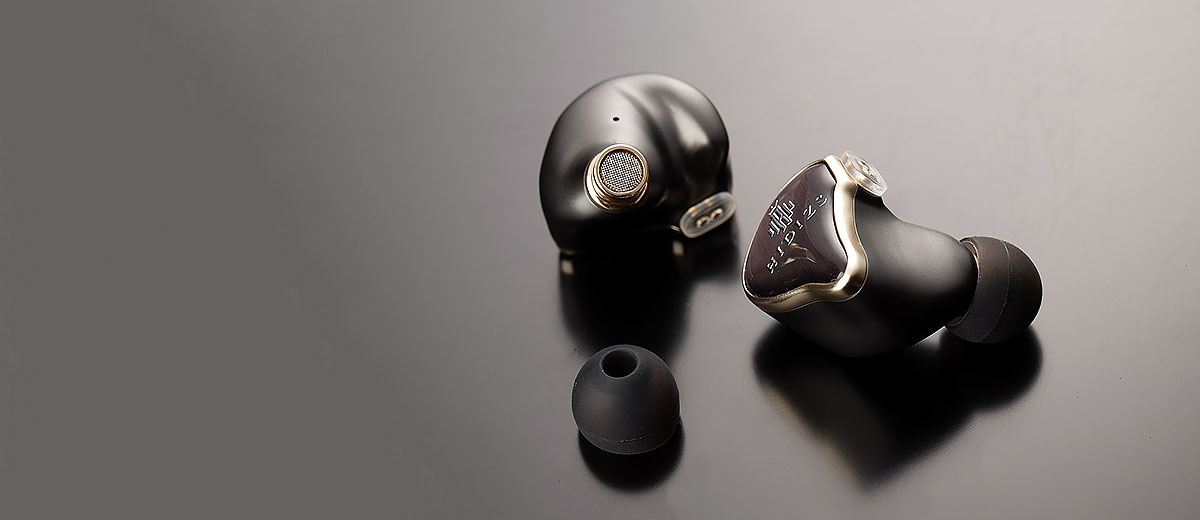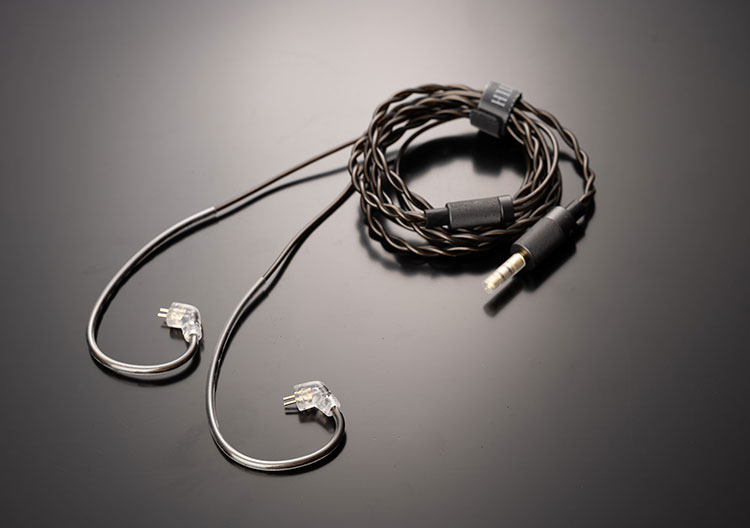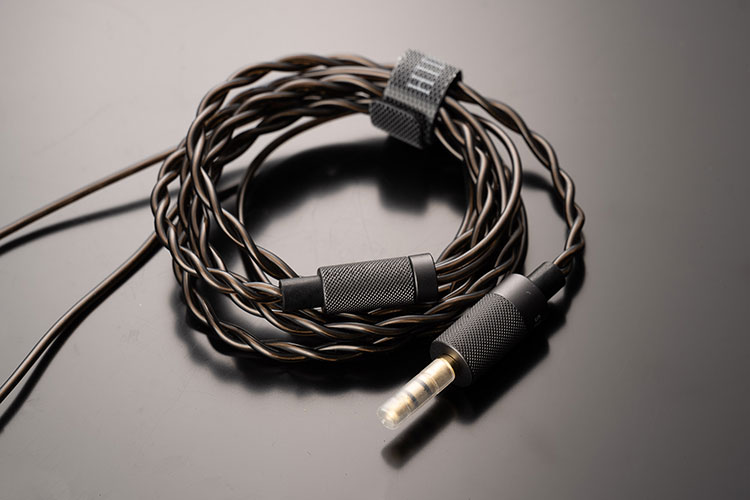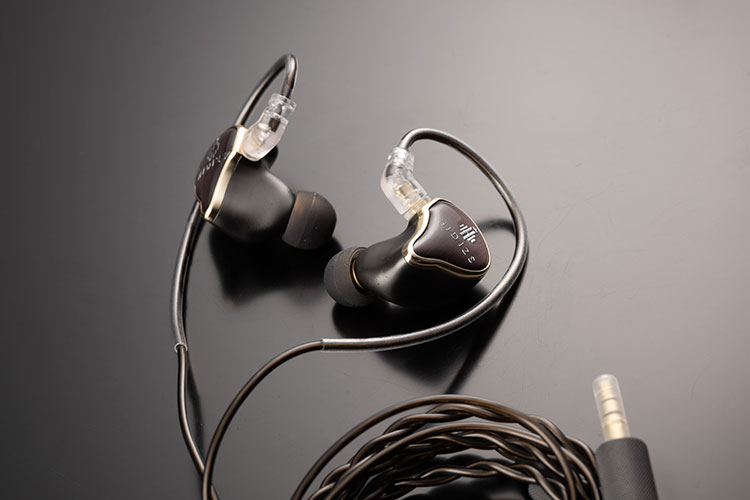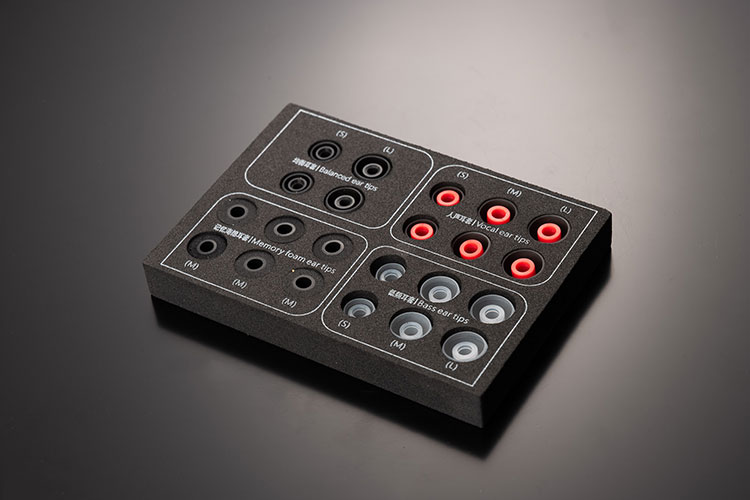The Hidizs Mermaid MS1 and MS4 are two brand new Kickstarter-funded hybrid universal monitors priced at $99 (discounted) and $249 respectively.
Disclaimer: The Hidizs Mermaid MS1 and MS4 sent to us are samples in exchange for our honest opinion. We thank the team at Hidizs for giving us this opportunity.
To read more about Hidizs products we reviewed on Headfonics click here. To access their Kickstarter campaign click here
Note, this 2-page review follows our new scoring guidelines for 2020 which you can read up on here.
Headfonics is no stranger to Hidizs But maybe a stranger to me. Hi. I’m Nathan. My specs are as follows:
- Height: 183cm tall
- Weight: 75kg
- Blood type: 0
- Favorite food: Leek soup and/or East Japanese udon.
I like audio things and have written for TouchMyApps, ohm-image, Headfonia, as well as the Japanese magazine, Headphone Book. I shoot audio gear and jewelry and the like for a living. But I live for my favorite music, cyclocross bicycling, and Christmas cookies. Blessings of all blessings, Marcus invited me to write for Headfonics late last year. Bet you can’t guess what I said in reply.
Anyway, back to Hidizs.
Their Mermaid series is brand new. In fact, even Hidizs’s Kickstarter page carries scant, or scattered information about either. What both the MS1 and MS4 share is a custom-cum-universal design, a 10,2mm dynamic driver, a classic two-prong cable, and twelve sets of ear tips.
They diverge from there, and in subtle ways.
Tech Inside
Both utilize the same proprietary 10,2mm dynamic driver, which, according to Hidizs, is engineered for consistency of loss, and which ‘delivers clear highs and warm, rich bass’. For the MS1, this is the only physically moving thing inside the earphones. To it, the MS4 adds three balanced armature drivers. One is a single Knowles 33518, which covers highs. The remaining two drivers are a 30017 bundle. They cover mids, highs, and mids-to-highs transitions.
Hidizs must have known that I love hybrids and large-diameter driver dynamic earphones. You might also know that I love mild to severe V-shape sound signatures and warm mids. I feel targeted. I feel used. And I’m totally happy to be used so.
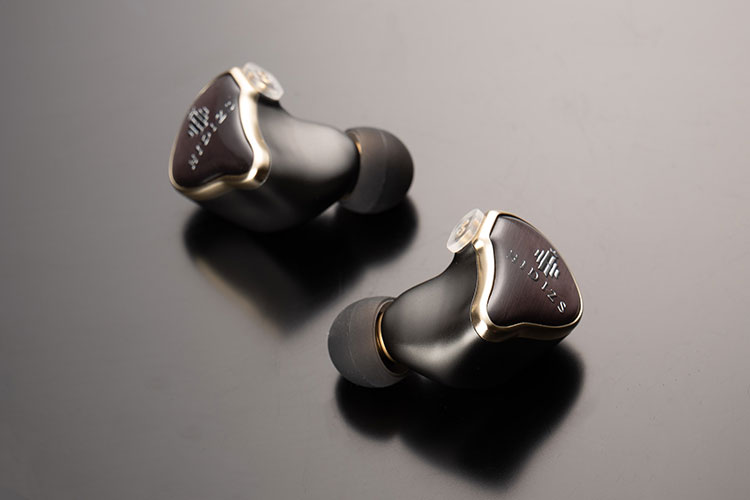
Build Quality
Both earphones are solid, bulbous affairs. Each is clad in metal, the MS1 wearing matte aluminum from the backside to cap, while the MS4 wears shiny resin on its face under which the Hidizs marque shines in silver. Structurally, both could serve as anti-vehicle caltrops. Each is finely finished, completely pit-less, and free of excess glue or other defects of reckless design and manufacture.
To be honest, I’m not keen on the custom-cum-universal stylistic cues. Such designs work, but, as I mentioned above, really look like biological plugs. I think they’d look better without the shiny fastening ring between their backsides and faceplates. Their finish is excellent, and they catch light really well. But there is little in their shape that defines shape in any way but baby tulip terms.
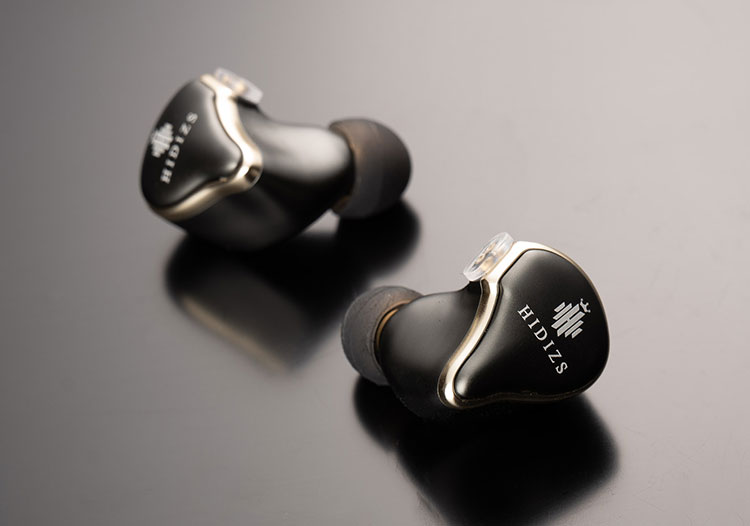
While not as neatly buttoned up or tightly stylized as Campfire Audio’s Comet, both earphones are free of excess/stray glue, metal finish errors, and poor alignment. From a strict finish quality perspective, they are immaculate. A clearer and better-defined stylistic theme would have been a nice touch, but Jeez, for 99$ and 219$ to start (on Kickstarter), these are well-made.
I have interacted with earphones and headphones from 20$ to 3000$ on the daily for years. Had Hidizs presented either the MS1/4 to me, given me thirty minutes to touch, try, and listen, I’d not have guessed that one went for 99$ and another for 219$. I’d probably have started from 250$ and tip-toed up from there.
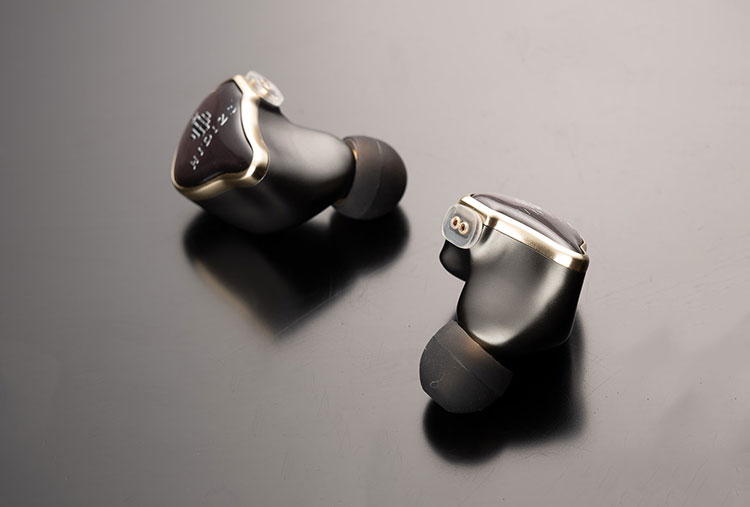
Cables and Connectors
The dual-prong connectors slide in and out a bit too easily on their mounts, presaging possible signal/connection problems down the road. Their L/R indicators face inward, for some reason, and both the earphones and the cables lack color-coding. The cable only barely stretches when really yanked, and its y-split isn’t just robust, it is handsome. It matches perfectly the plug, and instead of a simple rubber grommet, it sports a nicely pressured metal slider. Its diamond-patterned is grippy.
While the plugs don’t really sit tight in their mounts, they aren’t countersunk or aligned on proprietary nubs. If you want a different cable, you can plug one in, lickety-split.
Why you’d want to is anyone’s guess. Both the MS1’s nor the MS4’s cable are dead to most touch-based microphonics and only really resonate when flicked between the earphone and y-split. The cables are strong, resiliently coated against sweat and oil, and can’t be yanked apart.
There’s no stress relief between the Y-split and the earphone, but I expect that that won’t much matter. The thick rubber around the cables only barely dents when I pinch it hard with milk-fed fingernails. Nice.
Pros and Cons
While I unabashedly praise the grippy metal y-splits, I must caution you to be careful. That diamond-pattern grip will tear up the edges, screens, or painted finish of your nicest player. Don’t set the y-split on top of your player or any other expensive object without the paying the utmost of care to not then grind it into whatever you’ve set it upon.
Stock Cable Wire and Materials
Both earphones can be purchased in a variety of configurations. What I’m covering is the base for both. That means 4-strand, oxygen-free copper with 0,78mm diameter two-pin connectors at the earphone, and in 3,5mm stereo at the jack.
The Kickstarter campaign behind all of this allows a number of optional accessories:
- 2.5mm or 4.4mm balanced, again in OFC of 4 strands in 0,78mm diameter 2pin earphone connectors.
- DH 10-RC micro USB Type-C Cable with integrated DAC, built-in microphone for voice calls and 2pin, 0,78mm IEM connectors (optional accessory)
- Bluetooth 5.0 cable with 2pin, 0,78mm IEM connectors (optional accessory)
This review only covers the stock 3.5mm versions, which, because I’m a wireless guy, is a crying shame. Whatever. I’m pretty damn impressed with the stock configuration.
Handling
Neither stock cable is anchored to memory wire. The cables curl near the earphone, but that’s because the heat shrink around them is stuck that way. This makes it a bit tricky for glasses wearers, but it’s a lot better than full-on memory wire, which, at awkward angles, will prop up glasses in strange ways. All in all, very well done.
Comfort and Fit
The benefit of custom-cum-universal fit is that the earphones slide right into the ears. They are big. They aren’t light. And they stick out. But they are comfortable. But comfort is only part of the story. You will have to keep care that they don’t catch on things just like you have to do with your custom earphones.
And they are the size of large customs. If your ears are small, they may just barely fit, or not fit at all. My wife can cram neither into her ears. I get on with them just fine. In sum, they are comfy, but with a number of provisos.
Tips
A total of twelve tip sets come with each earphone. Purportedly, the clear, soft set is for bass. The harder, all-black set is for balance. The color-coded black set is for vocals. Finally, the memory foam set is for… well, there’s no label. I reckon they are less for clarity and more for comfort.
Differences
The sound tube of each is wide-gauge. As such, each tip opens wide to the mouth, which helps to keep shape even when dug way into the ear. As a result, the sound is affected only slightly.
The balanced and bass ear tips sit on mounting flanges recessed slightly behind the rear of the ear tip, giving them slightly better seals, and depending on your ear shape, better comfort.
Each tip bears raised seams near the butt end. If your ears are especially sensitive, these may cause discomfort, especially in the vocal set, which is the hardest fitting of the bunch, and as a result, my least favorite.
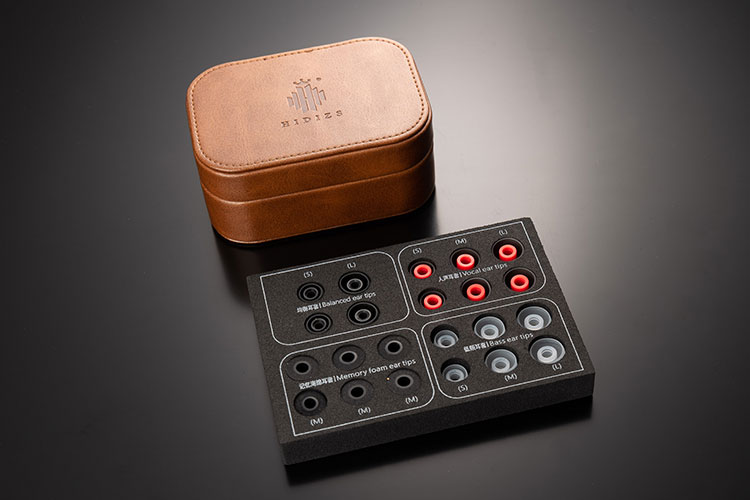
Accessories and Packaging
To the above, included are carrying cases, one cable, instruction manual, and warranty cards. Oh, and the earphones. Ear tips excepted, this is a sparse accessory set, but one that is generally well-finished and presented.
The thick cardboard boxes are sturdy and accented in gold typography rising from black, a combination of striking and staid. The MS4 box is 15% more voluminous than the MS1’s box. Why? Its larger, faux-leather case would fit in the smaller box. As would the ear tip tray. As would the earphones. Larger means more expensive? Means upscale? It’s a bit of a waste if you ask me.
The pressure foam holding things is well-cut and, apart from the earphone tray, doesn’t shed. Why it sheds there I have no idea, but it’s a bugger. Make sure to clean those tips before you put them in your ears.
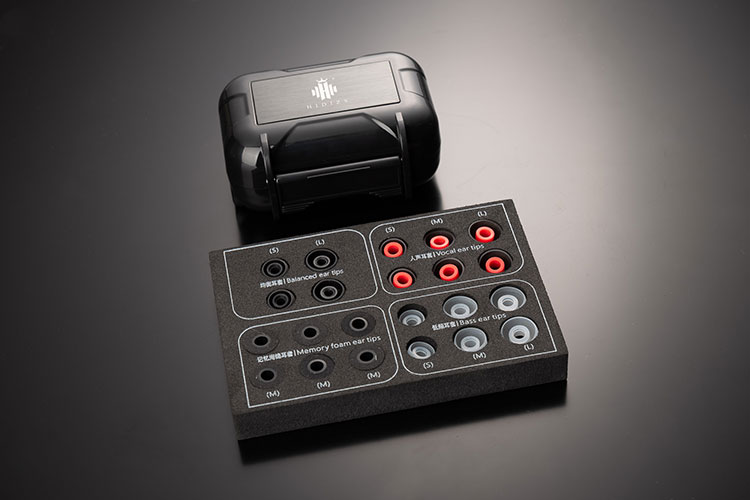
Both carrying cases are clearly branded and sturdy, the MS1’s going so far as bearing a brushed-metal brand plate. The MS4’s faux-leather case really looks the part. But as faux leather goes, it neither sheds nor does it stink to high heaven. It seals magnetically and has a holding net inside for earphone tips or cable, and a large padded bay for everything else.
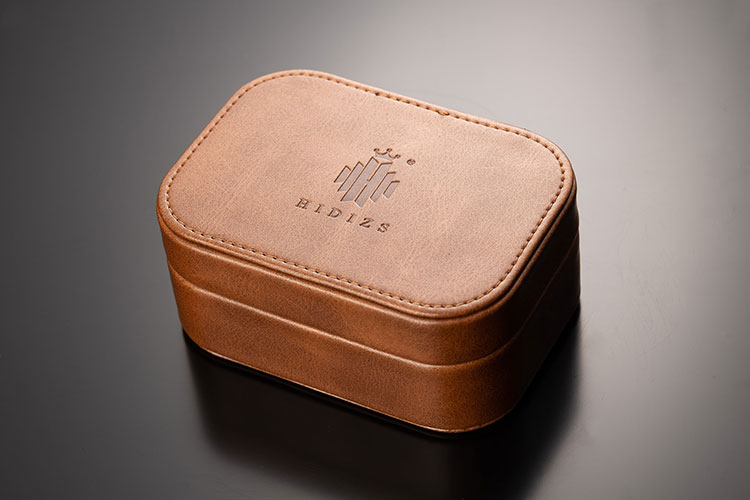
The MS1’s plastic case fastens on clips that too easily open again. I’d not trust either to stay closed for long when thrust into a school-going backpack. A solid zipper pouch is always better. And no one, ever, will beat Campfire Audio in that game.
Click on Page 2 below for Sound Impressions & Comparisons




